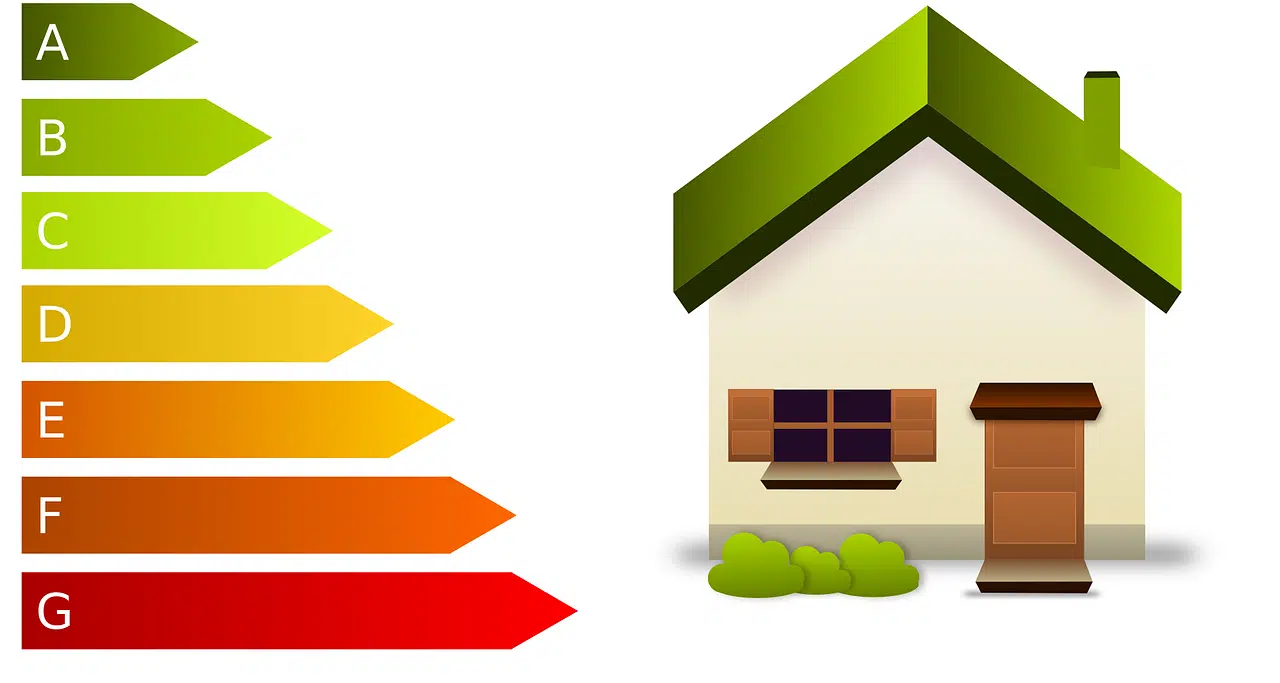
To know what level of energy efficiency a certain appliance has, you must consult the label where there is an energy rating scale ordered from most to least efficient.
Energy efficiency is the name given to the act, decision or strategy that is put into practice to achieve, whatever the activity or sector, an optimal result using the least amount of energy possible.
Achieving responsible use of resources, without giving up comfort, is essential to avoid waste. It is an ideal measure if you are looking to reduce the cost of your electricity bill at home (or in a company, to name another place for reference), for example. The less energy is required in the world, experts on the subject say, the more minuscule the gas emissions associated with the greenhouse effect will become, on a global scale. Do not leave the faucets open unnecessarily (during the entire tooth brushing process, to refer to a habit that is easy to recognize in practice) and turning off the lights in rooms where you are not or if there is natural light are quick actions. , easy and extremely useful.
Benefits of energy efficiency
There are many benefits that arise from achieving energy efficiency both individually and collectively.
Firstly, users who get used to saving energy end up paying less for their service or consumption. By spending less in this aspect, companies become more competitive and, as for the residential sector, the finances of many families are relieved when there is not so much expense related to electricity.
Simultaneously, this effort to not waste energy translates into an increasingly lower level of air pollution . Furthermore, if the trend of rational use of energy sources is maintained, it is possible to improve to some extent the reality of the planet in terms of the consequences of climate change. This panorama, then, is positive for the health of living beings and for the state of the environment as a whole since lower demand does not intensify the exploitation of natural resources that are not renewable.
Energy saving tactics
There are multiple tactics for saving energy , although sometimes some options are not available to all citizens.
Despite ending up being more profitable and ecological in the long term, there are household items and cooling or heating systems whose sales prices are higher compared to other products of their style. The amount of the initial investment means that many people do not have access to them or do not prefer them, but we must not lose sight of the fact that low- consumption appliances do make a big difference.

To maximize energy savings, you must illuminate your home, for example, with low-consumption light bulbs.
Trying to make the most of natural light and implementing measures that guarantee the thermal insulation of the home are other recommended practices. With well-sealed windows and doors to prevent air penetration, as well as correctly thermally insulated floors, ceilings and walls, the need to rely exclusively on air conditioners or heaters is greatly minimized. Low consumption light bulbs and an LED lighting circuit are other allies of energy efficiency.
Nor should we overlook the advantages of each renewable energy source. In this framework, it is appropriate to refer to the panels designed to capture solar energy that is then transformed into electricity. There are kits, on the other hand, that meet the needs of those who can and want to make residential use of wind energy .
Building with energy efficiency
Conceiving sustainable architecture is vital to generate construction projects and build with energy efficiency .
In the modern world, in pursuit of sustainability , there is an increasing need for the design of efficient buildings based on renewable energy and that are conceived with the idea of reusing materials and optimizing resources . In this context, green construction is fashionable, that is, a building style adjusted to energy efficiency standards that is already prepared from its conception to minimize water, electricity and gas consumption. In certain territories, if the work adapts to the eco-efficiency standard and is sustainable, LEED certification is managed to support it.
In order to supply electricity and heat to the environments, you can opt for photovoltaic solar energy and biogas , to indicate two alternatives. Embracing balance in climate control issues is another challenge that can be overcome, specifically, with a system focused on dual-flow mechanical ventilation .
The development of what are known as zero energy buildings takes into consideration the adaptation to renewable energy sources, the importance of thermal insulation and energy conservation .

The bicycle is a means of transport capable of consuming metabolic energy, allowing transportation without polluting and without requiring frequent financial investments for its maintenance or operation.
Save energy on trips
Saving energy when traveling is possible, necessary and, in general, easy to achieve. Even in the workplace, teleworking has become an interesting modality to reduce the constant travel of employees and, from a corporate perspective, it is convenient because it helps reduce costs in the offices.
If you have to leave your home, walking is the most economical and advisable option for short distances. The use of bicycles is also recommended because it allows physical exercise and is an economical and non-polluting resource that makes traveling through urban and rural areas possible.
For some time now, electric vehicles have been positioned as more convenient means of mobility compared to conventional vehicles since they are less noisy and polluting. Given the characteristics of their structures and operations, hybrid cars demonstrate notable energy efficiency .
In large cities, similarly, using public transportation and/or taking shared trips between several people are effective measures to save costs, not contribute to the collapse of traffic and not add sources of environmental pollution through a private vehicle.
